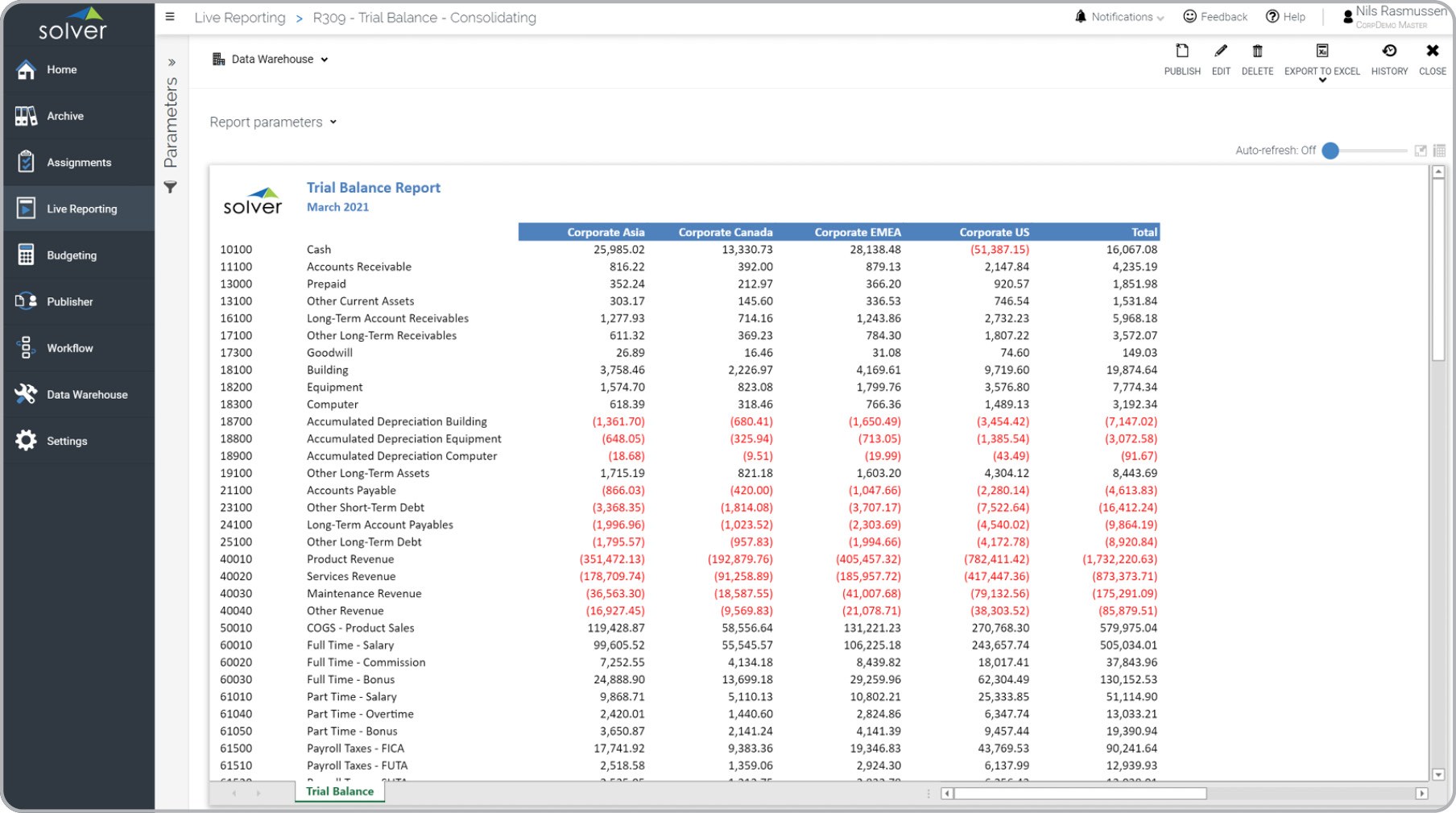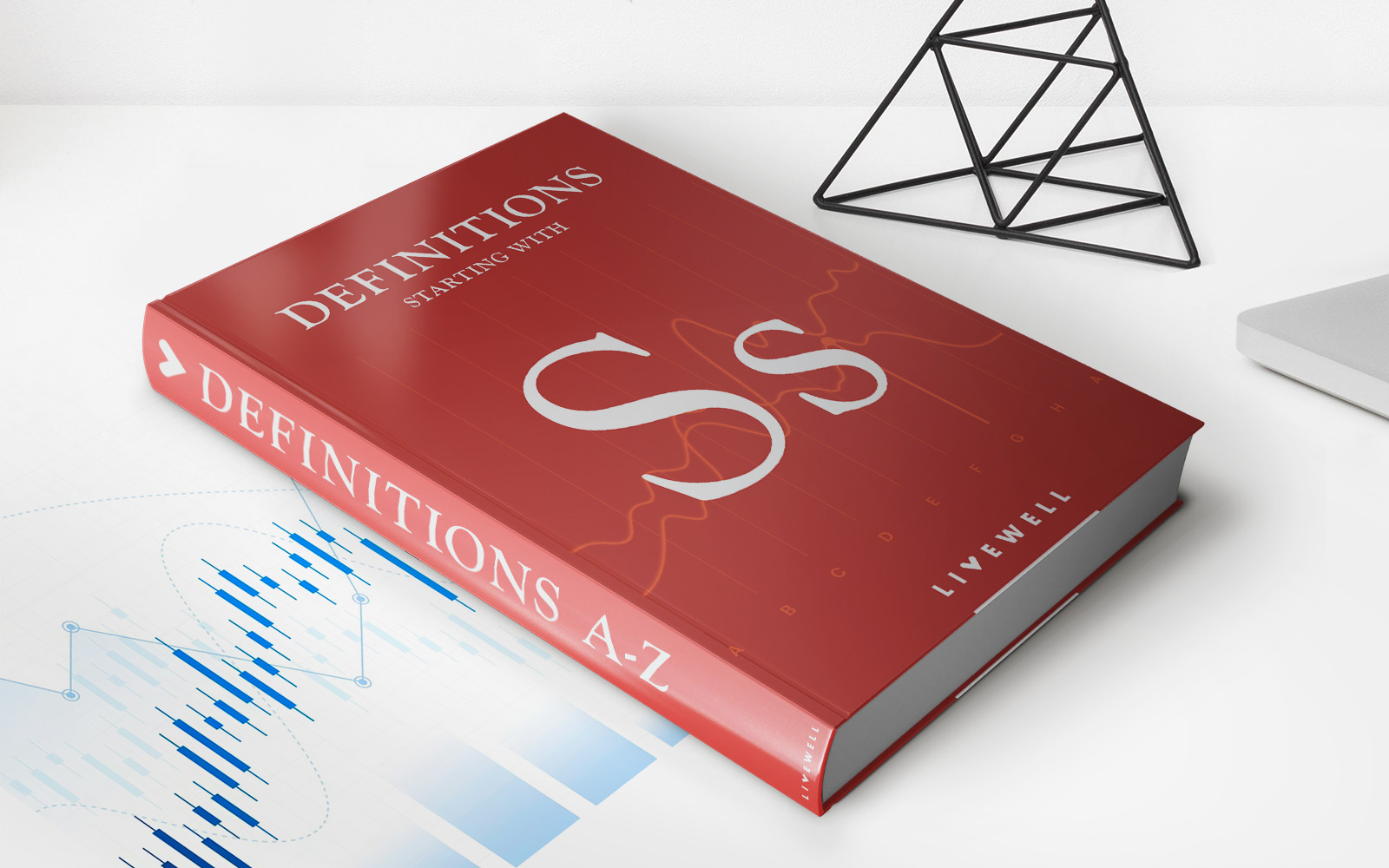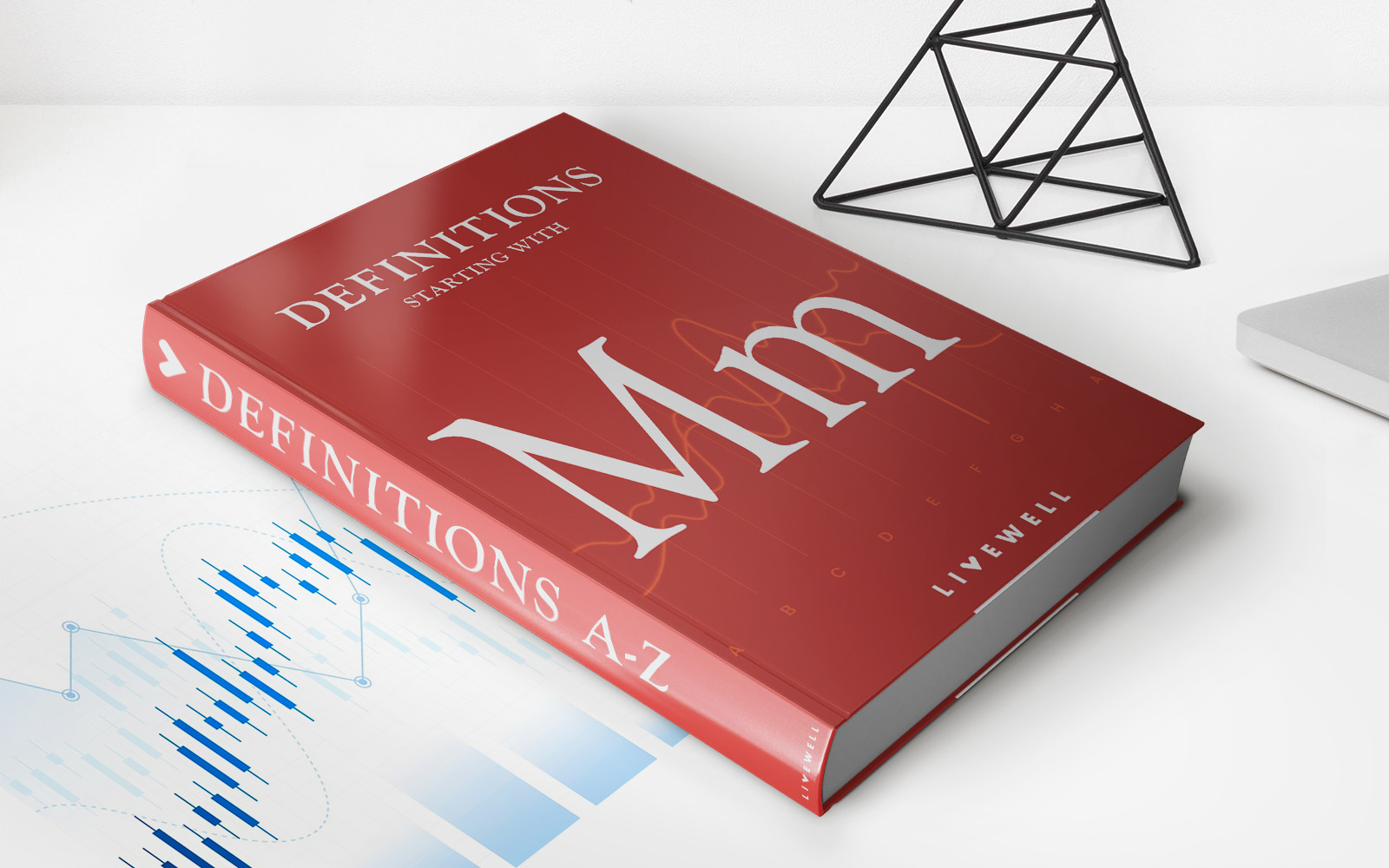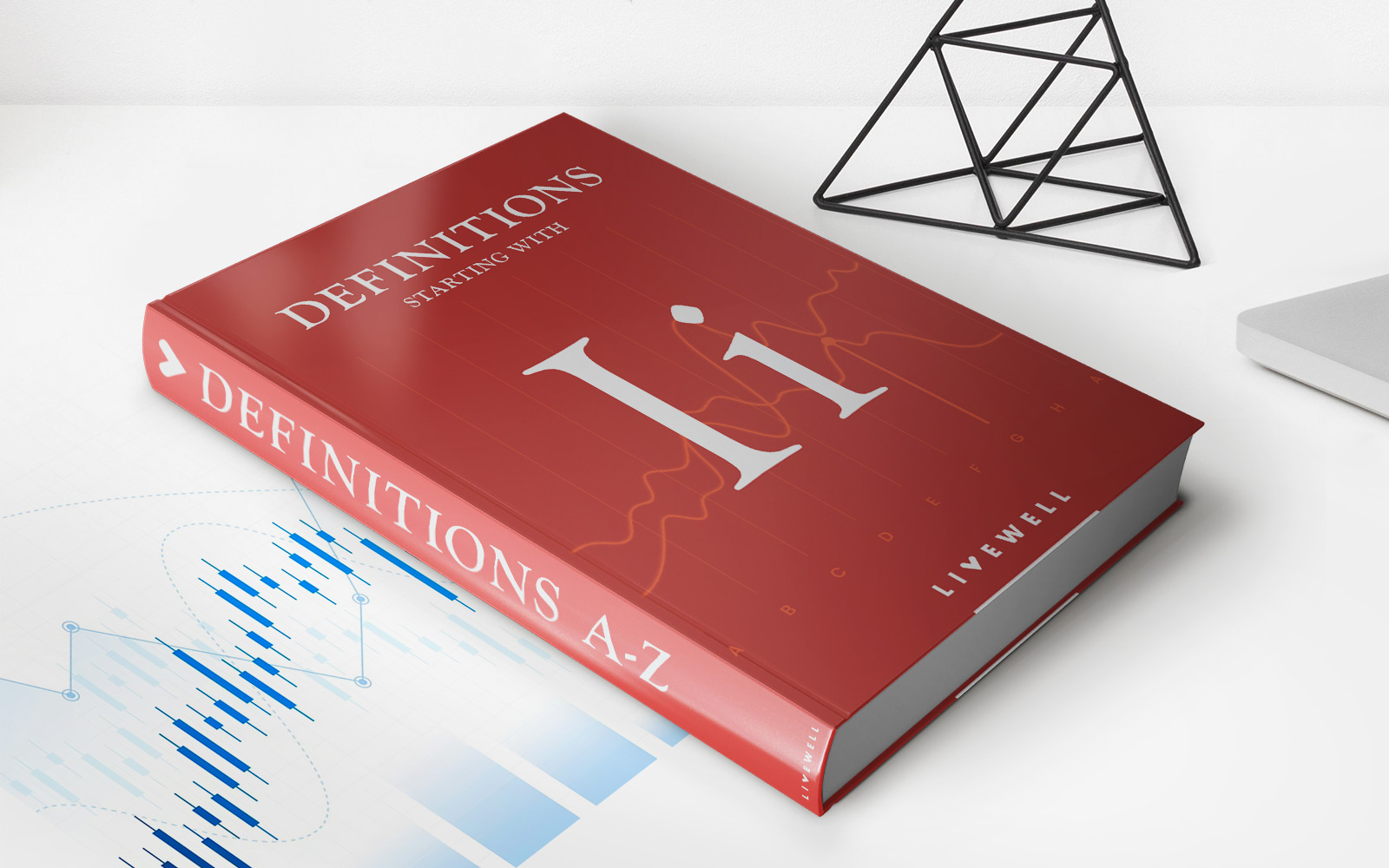Home>Finance>Double Advantage Safe Harbor (DASH) 401(k) Definition


Finance
Double Advantage Safe Harbor (DASH) 401(k) Definition
Published: November 14, 2023
Learn about the Double Advantage Safe Harbor (DASH) 401(k) plan, its benefits for finance professionals, and how it can help secure a safe financial future.
(Many of the links in this article redirect to a specific reviewed product. Your purchase of these products through affiliate links helps to generate commission for LiveWell, at no extra cost. Learn more)
Understanding Double Advantage Safe Harbor (DASH) 401(k) Definition
Welcome to our “Finance” category, where we explore various topics related to personal and business finance. In this blog post, we will dive into the concept of Double Advantage Safe Harbor (DASH) 401(k) and how it can benefit individuals and businesses. If you’re curious about what DASH 401(k) is and how it works, you’ve come to the right place!
Key Takeaways:
- DASH 401(k) provides additional tax advantages for high-income employees and business owners.
- This retirement plan allows participants to contribute more to their 401(k) accounts while also benefiting from employer contributions.
Now, let’s dig deeper into the Double Advantage Safe Harbor 401(k) and uncover its advantages and features.
What is a Double Advantage Safe Harbor 401(k)?
A Double Advantage Safe Harbor (DASH) 401(k) is a type of retirement plan that provides additional tax advantages for high-income employees and business owners. It combines the benefits of a traditional Safe Harbor 401(k) plan with a Profit Sharing 401(k) plan, giving participants the ability to contribute more to their retirement accounts while also receiving generous employer contributions.
1. Increased Contribution Limits:
One of the key benefits of a DASH 401(k) is the increased contribution limits. Under traditional Safe Harbor 401(k) plans, participants can contribute up to $19,500 (for 2021) of their salary to their 401(k) account. However, with a DASH 401(k), the limits can go even higher. Additional contributions can be made using the Profit Sharing feature of the plan, allowing participants to save more for retirement.
2. Employer Contributions:
In addition to the increased contribution limits, DASH 401(k) plans also allow for generous employer contributions. The employer can choose to contribute a fixed percentage of the participants’ salary or match their contributions up to a certain percentage. These employer contributions are tax-deductible for the company, providing them with potential tax benefits while helping their employees save for retirement.
Who Can Benefit from DASH 401(k)?
DASH 401(k) plans are particularly beneficial for high-income employees and business owners who want to maximize their retirement savings while taking advantage of potential tax benefits. By combining the advantages of both Safe Harbor and Profit Sharing plans, DASH 401(k) offers a unique solution for individuals in higher income brackets.
In addition, DASH 401(k) plans can also be advantageous for companies that have highly compensated employees and want to provide them with attractive retirement benefits. By offering higher contribution limits and employer matching or profit-sharing contributions, businesses can attract and retain top talent.
Conclusion:
Double Advantage Safe Harbor (DASH) 401(k) plans offer a unique opportunity for high-income employees and business owners to save for retirement while enjoying additional tax advantages. By combining the benefits of Safe Harbor and Profit Sharing plans, DASH 401(k) allows for increased contribution limits and employer contributions, providing a powerful retirement saving tool.
If you’re interested in learning more about DASH 401(k) plans, we recommend consulting with a financial advisor or retirement plan specialist who can provide personalized guidance based on your specific situation. Remember, planning for retirement is an important step towards achieving long-term financial security.














